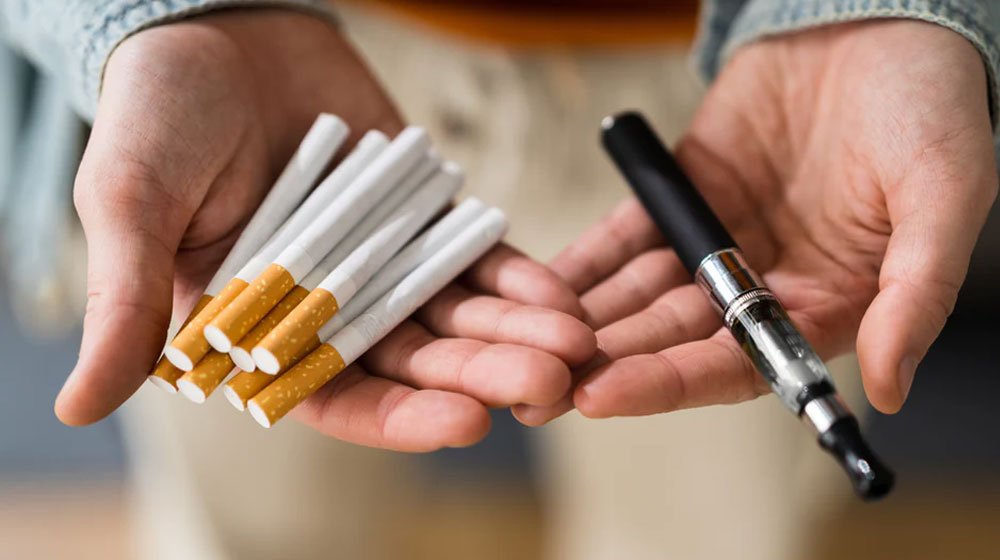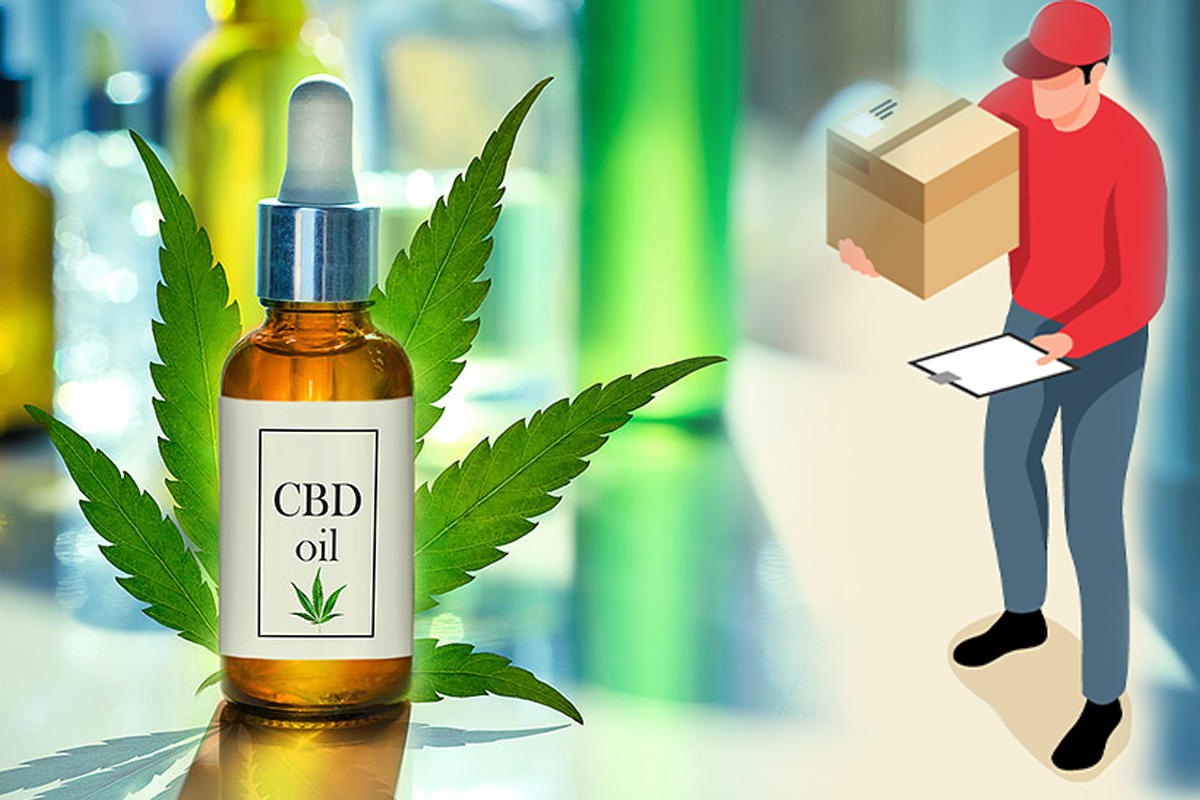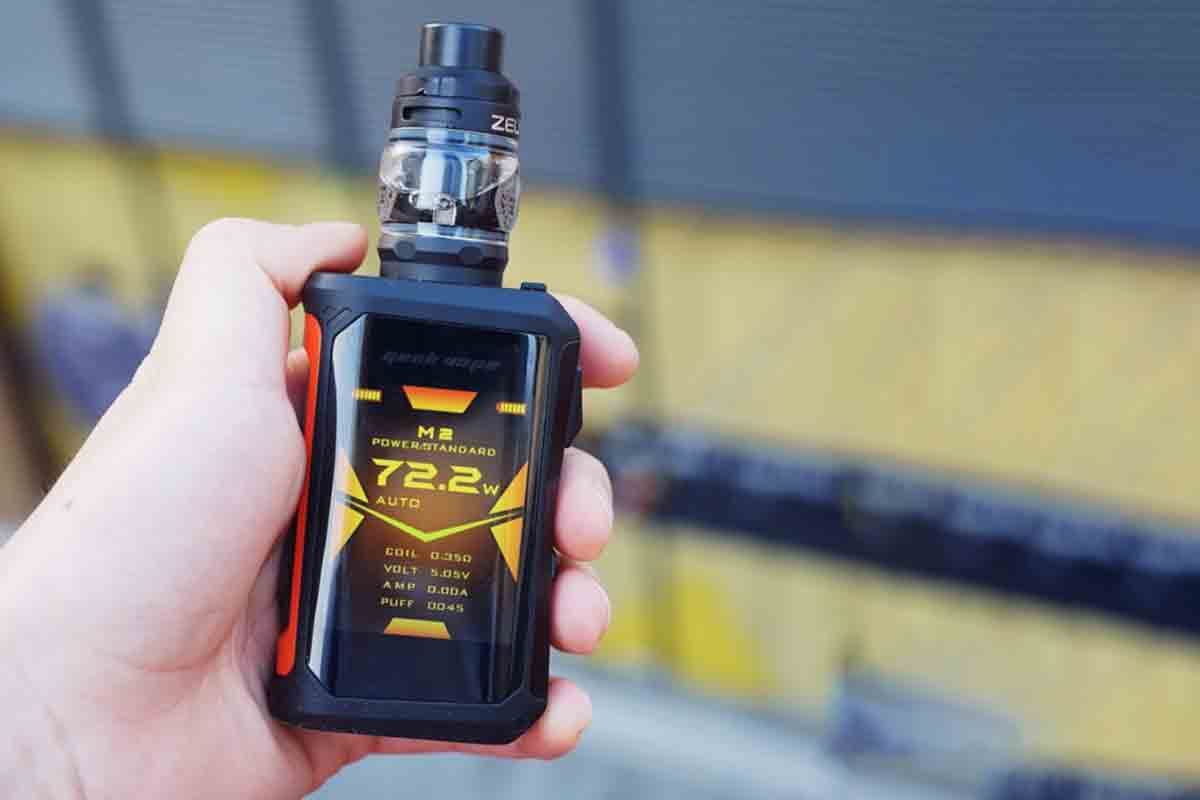Vaping: Unveiling the Facts behind the Clouds
In recent years, electronic cigarettes, commonly known as vaping devices, have surged in popularity, particularly among young adults. Marketed as a trendy alternative to traditional smoking, vaping has sparked a heated debate regarding its safety and potential health risks. In this article, we delve into the phenomenon of vaping, examining the evidence, risks, and benefits associated with this increasingly prevalent habit.
The Rise of Vaping:
Vaping involves inhaling and exhaling an aerosol, often referred to as vapor, produced by an electronic device known as an electronic cigarette or vape pen. These devices heat a liquid containing nicotine, flavorings, and other chemicals, resulting in the formation of an aerosol that is then inhaled. Originally introduced as a smoking cessation tool, vaping has now gained significant popularity among young individuals who are drawn to its appealing flavors and seemingly harmless nature.
Health Implications of Vaping
Respiratory and Cardiovascular Risks:
While vaping is often portrayed as a safer alternative to traditional smoking, emerging evidence suggests that it is not devoid of risks. Research from Johns Hopkins Medicine underscores the negative impact of vaping on health, particularly highlighting its adverse effects on the heart and lungs. The inhalation of aerosolized chemicals can have adverse effects on the respiratory system, potentially causing lung inflammation and irritation. Furthermore, the long-term effects of vaping are still not fully understood, with concerns raised about potential lung damage and an increased risk of developing respiratory conditions. Studies have also linked vaping to an increased likelihood of transitioning to traditional cigarette smoking, particularly among adolescents and young adults.
Addictive Nature:
Flavored vapes are especially popular among young people. Nearly 85% of young vape users choose flavored vapes as their first choice. They come in very rich flavors, however, these flavors can mask the harshness of nicotine, making it easier for beginners, especially teenagers, to start vaping and potentially become addicted. Additionally, there are still concerns about the safety of these flavors when inhaled, as some of the ingredients found in e-liquids may also be harmful to lung health.
The Danger of Flavored vapes
Flavored vapes are especially popular among young people. Nearly 85% of young vapeusers choose flavored vapes as their first choice. They come in very rich flavors, however, these flavors can mask the harshness of nicotine, making it easier for beginners, especially teenagers, to start vaping and potentially become addicted. Additionally, there are still concerns about the safety of these flavors when inhaled, as some of the ingredients found in e-liquids may also be harmful to lung health.
The social impact of vaping
Young people smoking vapes
As vape use reaches an increasingly younger age, the American Lung Association has issued a warning about the dangers of vapes, emphasizing their addictive nature and harmful effects on children’s health and brain development. An alarming study released in 2022 by the FDA and CDC found that 2.55 million U.S. high school students reported current vape use, suggesting that vapes have very high appeal among young people. This trend is concerning because early nicotine use can interfere with brain development and lead to long-term addiction.
Public perception and misinformation
The rise of vapes has been accompanied by a flurry of misinformation about their safety. Many people believe that vapes do not have the harmful effects of traditional smoking, a misconception that has been debunked by many health organizations. The American Heart Association points out that vapes are not the most efficient and effective way to quit smoking because they pose health risks of their own and can harm others through second-hand aerosol exposure.
The Debate on Regulation and Safety
The regulation of vaping devices and e-liquids has always been a contentious issue. The FDA has been working to regulate vaping devices, their components, and the substances they contain. The challenge, however, is balancing regulatory needs with the rights of adults who may use these products as a means to quit smoking. Additionally, vape products continue to evolve as new devices and flavors become available, making it difficult for regulators to keep up.
The Call for Stricter Measures
There are calls for tighter regulation of vapes, particularly to protect young people from their effects. Recommendations from health advocates include measures such as banning flavored vapes that are particularly attractive to young people and implementing stricter age verification processes for online purchases of vape products. Fortunately, these powerful measures are being implemented step by step. Metaphors include a ban on the sale of flavored vapes and strict age restrictions. There are stricter regulations on advertising and packaging.
conclusion
Vapes are at the crossroads of public health, regulation, and personal freedoms. Although it is promoted as a safer alternative to smoking, there is evidence that it poses health risks, especially for younger users. The increase in teen vaping is a public health issue that requires immediate action to prevent nicotine addiction and its associated health risks. As the laws and regulations on vaping in various countries become more and more perfect, I believe that the vape industry will become more and more formalized and standardized. This is good news for everyone involved in the vape industr







